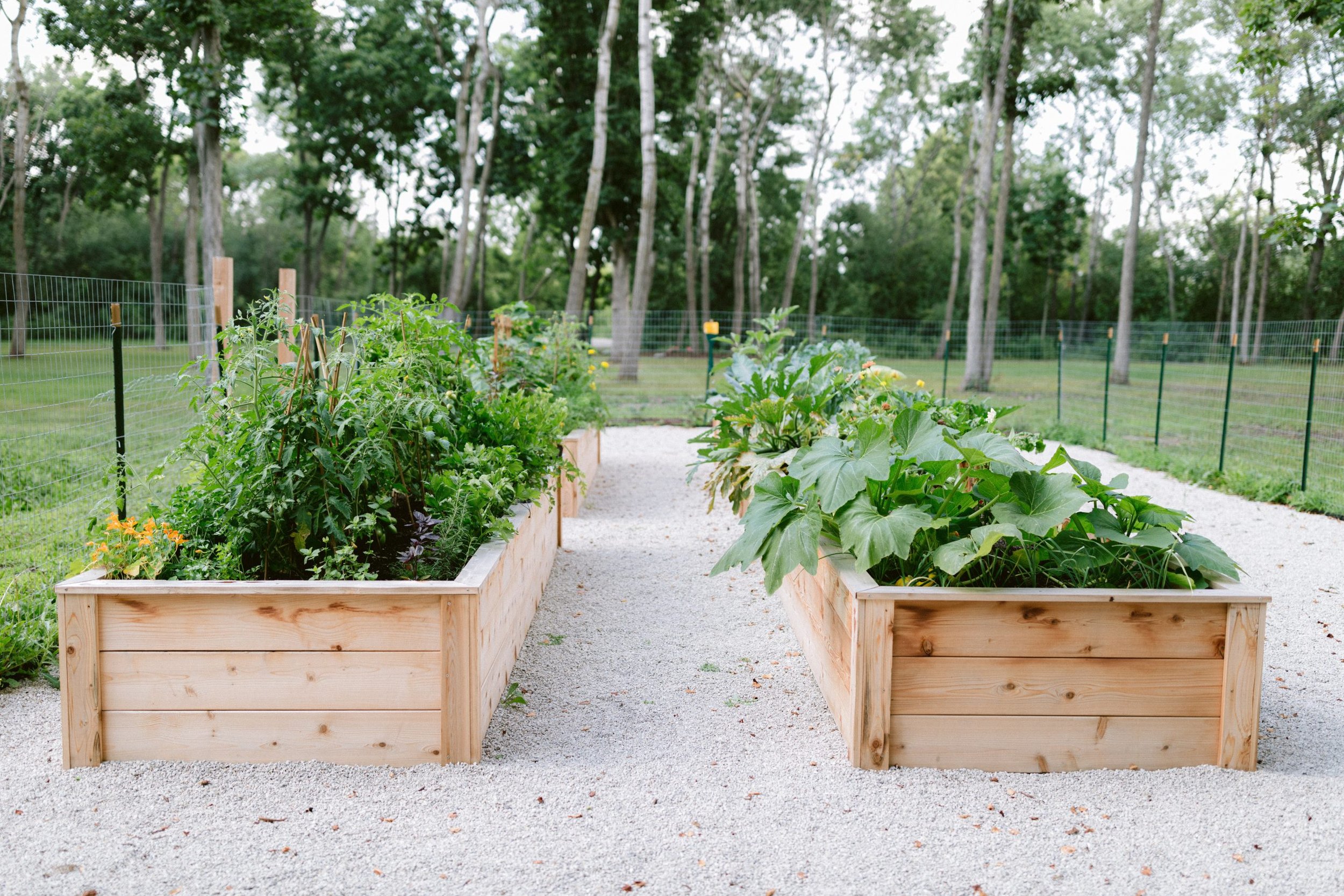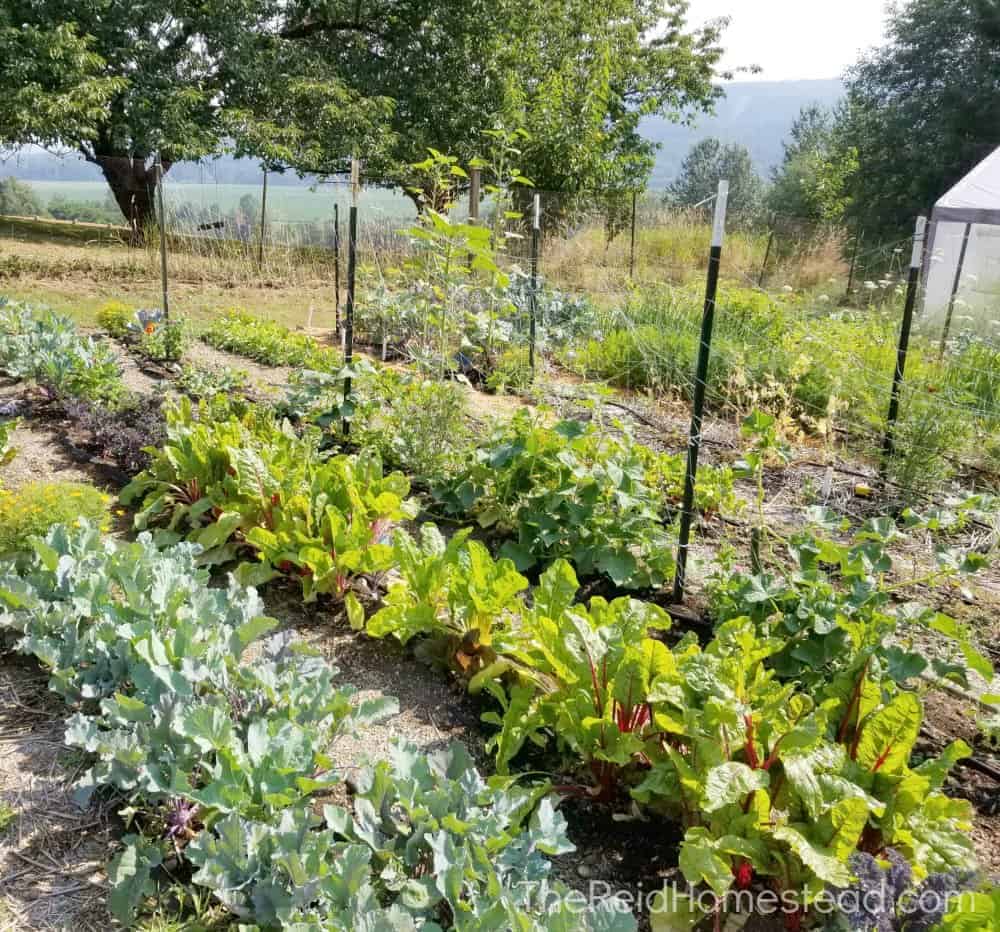Transform Your Backyard with Homestead Gardening
Transform Your Backyard with Homestead Gardening
Blog Article
Discover Necessary Tips for Successful Gardening Techniques and Practices
Gardening, frequently viewed as an easy leisure activity, encompasses an array of strategies and methods that can significantly affect the end result of your initiatives. By prioritizing crucial aspects such as dirt health, efficient sprinkling methods, and proper plant choice, gardeners can develop a growing ecosystem that sustains dynamic development. Comprehending the nuances of pest administration and seasonal upkeep can better improve efficiency. Many fanatics overlook vital details that can make or damage their gardening success-- checking out these forgot elements might reveal the key to cultivating a prospering yard.
Understanding Dirt Health And Wellness
Dirt health and wellness is a fundamental facet of successful horticulture, as it directly affects plant growth, vitamins and mineral accessibility, and ecosystem equilibrium. Healthy dirt is characterized by an abundant biodiversity of microorganisms, raw material, and a well balanced pH level, which with each other develop an atmosphere helpful to plant advancement.
To recognize soil wellness, one must consider its physical, chemical, and organic residential properties. The texture and framework of dirt impact its capacity to keep wetness and nutrients, while the chemical composition figures out the schedule of important aspects like phosphorus, nitrogen, and potassium. Normal soil testing is vital to assess these elements, enabling garden enthusiasts to make enlightened decisions concerning modifications and plant foods.
Furthermore, advertising organic task within the dirt is vital for maintaining its health and wellness. Practices such as composting, plant turning, and using cover plants can enhance microbial diversity, improve nutrient cycling, and decrease soil erosion. By prioritizing dirt wellness, garden enthusiasts not just maximize plant development yet also add to a sustainable community, making sure that their horticulture methods are durable and ecologically accountable gradually.
Efficient Watering Methods
Guaranteeing that plants receive the suitable amount of water is vital for their health and development, specifically when combined with a solid foundation of soil wellness (Homestead Gardening). Reliable sprinkling methods can substantially affect plant vitality, reducing water wastefulness and advertising ideal development
One basic technique is deep watering, which encourages origins to expand much deeper into the soil, boosting dry spell resistance. This strategy normally involves watering much less often but in bigger quantities, permitting moisture to pass through the root area completely. Timing is additionally vital; early morning is the excellent time to water, as it reduces dissipation and enables vegetation to dry throughout the day, decreasing condition risks.
In addition, employing compost can aid keep dirt moisture and control temperature level, additional assisting efficient sprinkling techniques. Utilizing a drip watering system can additionally offer targeted dampness straight to the roots, making certain that water reaches where it's most needed while preserving sources.
Keeping an eye on rains and soil wetness degrees can lead adjustments in your watering routine, making certain plants receive regular hydration without over-saturation. By adopting these efficient sprinkling strategies, gardeners can promote a successful setting for their plants to flourish.
Plant Selection and Positioning
Just how can the right plant selection and tactical placement change a yard into a flourishing environment? The harmony in between plant selections and their positioning is crucial for creating a dynamic garden. When choosing plants, think about aspects such as environment, dirt type, and sunlight exposure. Native species are typically the finest option as they are adjusted to regional conditions and need less maintenance.
Strategic positioning includes organizing plants according to their growth habits and demands. Taller plants need to be placed at the back of borders to stop shielding much shorter plants. Furthermore, grouping plants with comparable water and light demands can improve their growth and reduce competitors for sources.
Incorporating click for more info a variety of plants not just adds visual allure however also advertises biodiversity, drawing in advantageous insects and pollinators. Take into consideration the seasonal adjustments in your garden; pick a mix of annuals, perennials, and evergreens to guarantee year-round passion.
Finally, remember to analyze the fully grown size of plants prior to planting to stay clear of overcrowding and make certain sufficient air circulation. Thoughtful plant choice and strategic positioning produce an unified atmosphere, permitting your garden to prosper while reducing obstacles.
Insect and Condition Administration
Reliable insect and illness management is crucial for maintaining a healthy and balanced garden community - Homestead Gardening. Full Article An aggressive method, integrating social, biological, and chemical methods, can significantly decrease the influence of pests and illness on your plants

Biological controls, such as introducing helpful pests like ladybugs or predatory mites, can keep insect populations in check without hurting the atmosphere. In addition, keeping plant wellness via correct watering, fertilizing, and pruning will certainly strengthen their strength versus conditions.
When treatment is essential, choose targeted chemical therapies, ensuring to adhere to application standards to decrease injury to non-target microorganisms. Constantly prioritize sustainable practices, as they promote long-term yard wellness and eco-friendly equilibrium. By integrating these techniques, gardeners can effectively manage parasites and conditions, guaranteeing flourishing plants and a productive yard.

Seasonal Upkeep Practices
In springtime, emphasis on soil prep work by testing pH degrees and adding necessary modifications. Frequently examine arising plants for insects and diseases.
As summer season techniques, ensure ample irrigation while keeping track of for indicators of anxiety or disease. Trim back overgrown plants to motivate air circulation and minimize humidity around foliage. This technique not only boosts plant health however also promotes blooming and fruiting.
With the arrival of autumn, it's time to get ready for winter. Clean up dropped leaves and debris to stop pest infestations, and think about growing cover plants to improve dirt wellness. This season is also excellent for splitting perennials and planting spring-flowering light bulbs.
Final Thought
Successful gardening hinges on the assimilation of audio methods in dirt wellness, watering, plant selection, bug monitoring, and seasonal upkeep. By focusing on soil screening and microbial variety, using efficient sprinkling methods, and choosing suitable plants, garden enthusiasts can develop thriving ecosystems.
By prioritizing important anonymous components such as soil health and wellness, effective sprinkling techniques, and proper plant option, gardeners can produce a thriving community that supports lively development. By focusing on dirt health and wellness, garden enthusiasts not only maximize plant development however likewise add to a sustainable environment, guaranteeing that their horticulture techniques are resilient and ecologically accountable over time.
Taller plants need to be placed at the back of borders to protect against shading shorter plants. Tidy up dropped leaves and particles to protect against insect infestations, and think about planting cover plants to enrich soil health and wellness.Successful gardening joints on the assimilation of sound practices in soil health, watering, plant selection, insect monitoring, and seasonal maintenance.
Report this page